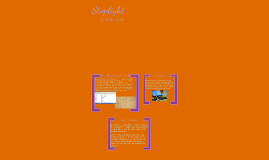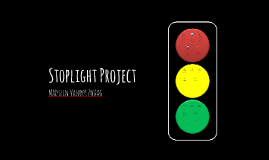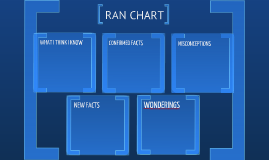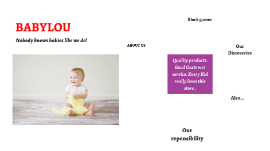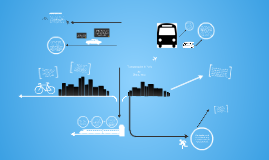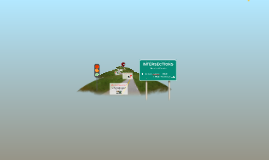Stoplight Project
Transcript: Stoplight Project Dress and Morals Traditionalists Centrists Modernists -Modernists embraced the changing culture. -The modernists were usually the children/teens in this scenario because they liked the idea of wearing shorter dresses, and having dates unchaperoned. Liberty vs. Order Automobiles Traditionalists -Traditionalists rejected the changing culture. -Parents wanted to "stop" teens from driving because they thought it caused more teen pregnancies. -Teens had more freedom, therefore they could go on dates without chaperones and sometimes that would result in teen pregnancies. Centrists Modernists Liberty vs. Order Music and Dancing Traditionalists Centrists Modernists Liberty vs. Order Evolution Traditionalists Centrists Modernists Liberty vs. Order Red Scare (Immigration and Communism) The red scare was an event where immigrants from South and East Europe came to the United Sates, and that caused some radical tensions and controversy. Traditionalists Centrists Modernists -Modernists embraced the changing culture. -The modernists loved the idea of communism and immigration in the United States. -Since the radicals had such a strong belief on this matter, the pay raids began. Liberty vs. Order Freedom vs. Order was a big part of the Red Scare. The Red Scare was making the immigrants lose all their rights and freedom, but they fought back and gained back some rights. Dress before the 1920's -Traditionalists rejected the changing culture. -They wanted to "stop" all cultural changes. -Parents in the 1920's were often traditionalists because they didn't like the skimpy ways of dress, and the morals of the new generations. -They wanted to keep chaperones on dates, and keep teen girls wearing long, modest dresses. -Traditionalists rejected the changing culture. -They wanted to "stop" all cultural changes. -Christians in the 1920's were often traditionalists because they didn't like how this theory went against God's word. We think he is the creator of all because that is what the bible says. -Sometimes traditionalists banned the idea of evolution from being taught at schools. Dancing before the 1920's Dancing during the 1920's Madylin Vander Zwaag Dress and morals caused a lot of controversy when they changed so drastically in the 1920's. Before the changes occurred, teens had strict dating rules. They had chaperones on dates, and street rules. Later teens started wearing skimpier dresses, and wore more makeup. They also ended having chaperones on dates. The controversy was between traditionalists, centrists, and modernists. The new automobiles and roads created a lot more freedom for the children and teens of the 1920's. They could date without parents with them, and they people were able to commute easier. The traditionalists didn't want change because they didn't think they would have order anymore. They were also worried that the new automobiles would cause more car accidents. The new dress and morals created a lot more freedom for the children and teens of the 1920's. They could wear as much makeup as they wanted, they could choose what clothes they wore, and they were allowed to go on unchaperoned dates. The traditionalists wanted to stop the changing culture because they wanted more order. The centrists didn't exactly hate the idea of the red scare, but they didn't exactly want to have all immigrants come in to the U.S. Freedom vs. Order was a major key in the evolution. Modernists thought they had the right to believe in it without the traditionalist getting mad. Traditionalists liked how it was before without the idea of evolution and they wanted the order back. -Centrists are right in the middle of traditionalists and modernists. -They evaluated the changing culture. They didn't totally hate it, but they were cautious. -I think a centrists during the 1920's would allow their kids to have unchaperoned dates, but they wouldn't let them go off and buy super short dresses (flappers). -They would want their children to have freedom, but not too much freedom. Evolution caused a lot of controversy in the 1920's. Traditionalists couldn't even imagine what life would be like with the idea of evolution. Many christians were traditionalists in this scenario because they thought it went against the bible. Modernists were definitely on board with the new idea of evolution. Evolution was the theory that different types of organisms grow and develop into different forms. -Modernists embraced the changing culture. -The teens would like the new freedoms of being able to drive. It changed the ways of dating for them. -They were able to date without parents watching them, but this caused a big spike in teen pregnancy. Automobiles and roads before the 1920's -Centrists evaluated the changing culture. They didn't totally hate it, but they were cautious. -I think centrists during the 1920's would allow their kids to listen to the new high energy music because they would want them to have some freedom. -They would still






